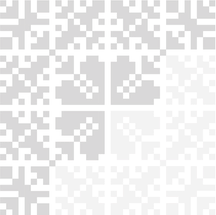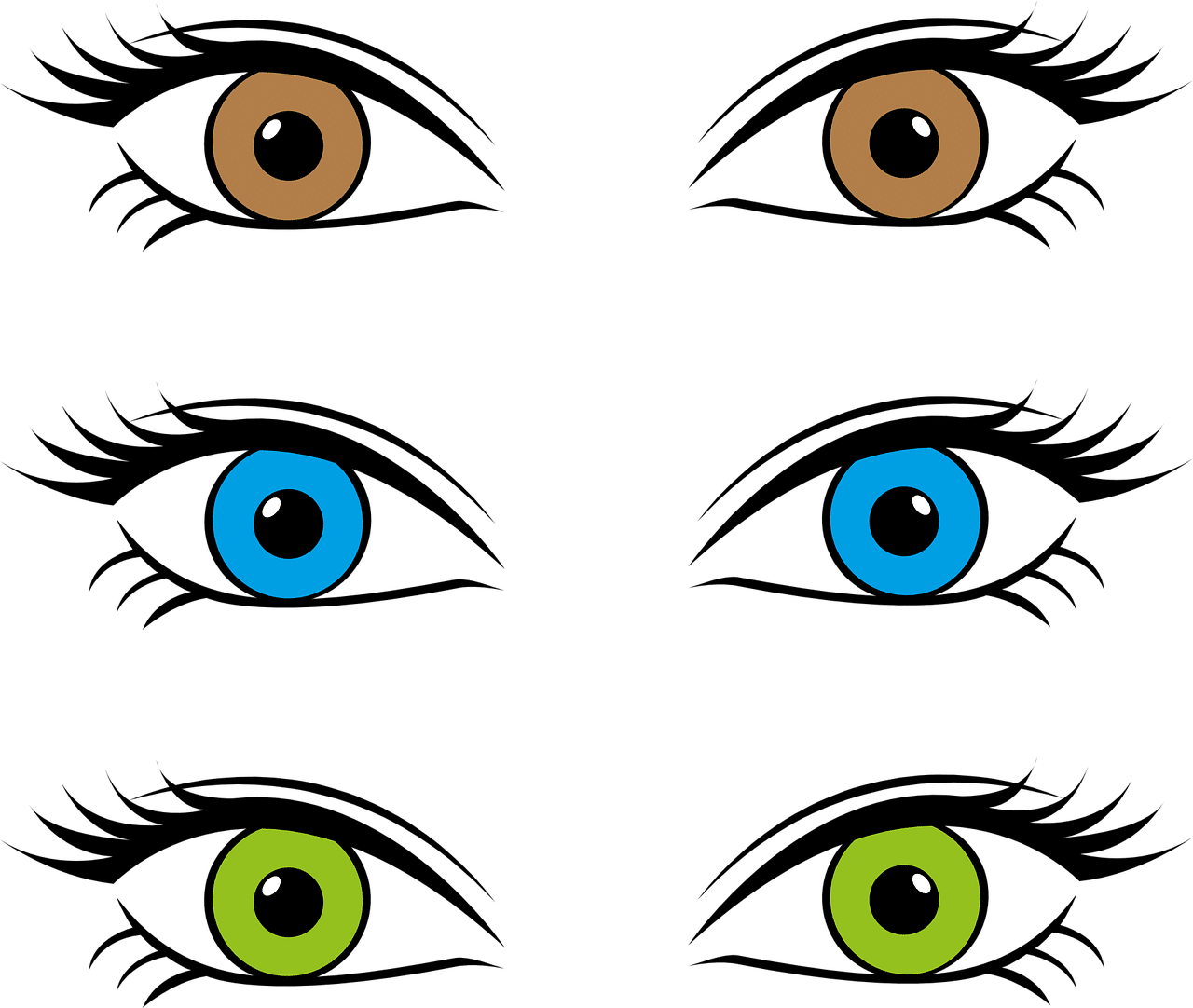C9 M1 L4 Grammar
9 | Modul 1: Gramatika
Možeš ti to!
9 | 1 | Lekcija 4: Izgled i osobine
| Question KAKAV for physical description
When we want to get more information about how someone looks, and to be specific on what we are trying to ask, we need to use the question kakav in the Accusative form.
Kakvu kosu ima? | Kakav nos ima? | Kakve naočale ima? |
Ines ima crvenu, kovrčavu kosu. | Josip ima velik nos. | Danica ima roza naočale. |
Since we are trying to find out more information about someone’s hair/nose/glasses, we use the Accusative feminine form of kakav in the appropriate gender and singular/plural form of the noun in the Accusative case as well.
To understand this rule better, we should look at the answer first and its structure:
Ines ima crvenu, kovrčavu kosu. |
Josip ima velik nos. |
Danica ima roza naočale. |
You already know that with the verb imati we usually use the Accusative case (since we are expressing a direct object). Thus, the question kakav itself should have the same structure, even though the verb imati comes at the end. Kakav has to agree in gender and singular/plural form of the noun in the Accusative case.
singular | plural | |
m | Kakav nos ima? | Kakve prste ima? |
f | Kakvu kosu ima? | Kakve oči ima? |
n | Kakvo čelo ima? | Kakva ramena ima? |
| Irregular nouns
Nouns oko, uho, and rame are irregular in their plural form. At this point, take them as they are.
singular | oko (neuter) | uho (neuter) | rame (neuter) |
plural | oči (feminine) | uši (feminine) | ramena (neuter) |
Here are a few examples on how to use them in a sentence.
Henry Cavill ima plave oči. | Max Scherzer ima jedno plavo oko i jedno smeđe oko. |
Henry Cavill ima široka ramena. | Brad Pitt je ozlijedio jedno rame na snimanju filma Troja. |
Emma Watson ima malene uši. | Rob Lowe ne čuje na jedno uho. |
*Note: Check the Vocabulary section to learn more about relevant nouns when describing people and what adjectives to use.
| Verb RODITI SE
The verb roditi se is a reflexive verb. It means to be born. Usually, when expressing when someone was born, we use the regular past tense in the appropriate gender form.
[masculine] | [feminine] | [neuter] |
Ja sam se rodi-o. | Ja sam se rodi-la. | |
Ti si se rodi-o. | Ti si se rodi-la. | |
On se rodi-o. | Ona se rodi-la. | Ono se rodi-lo*. |
Mi smo se rodi-li. | Mi smo se rodi-le. | |
Vi ste se rodi-li. | Vi ste se rodi-le. | |
Oni su se rodi-li. | One su se rodi-le. | Ona su se rodi-la*. |
* Rarely do we use personal pronouns for neuter gender. It's more common to use a noun. For example: Dijete se rodilo 12.4.
* Be careful, if you omit the pronoun – the word order changes. For example, Rodio sam se 18.11.
Together with the verb roditi se, it is also very common to use the following phrases:
singular | plural | |
m | Rođen sam, rođen si, rođen je | Rođeni smo, rođeni ste, rođeni su |
f | Rođena sam, rođena si, rođena je | Rođene smo, rođene ste, rođene su |
n | Rođeno je | Rođena su |
Rođen behaves as an adjective, it will have singular and plural form, and all three genders. It is followed by an unstressed form of the verb biti (rođen sam). Have in mind that the form of rođen depends on the gender of the person you are talking about. That also means that you need the adequate form of the verb biti. For example if you are talking about your sister – you need the form rođena (feminine singular) the je (unstressed form of the verb biti for 3rd person singular feminine – she).
| Date of Birth
Before reading/studying this section, be sure to go over the dates and months that we covered in Unit five. Check this document to refresh your knowledge. As a review for dates (day.month), see the following three examples.
Kada si se rodio? | ||
15.1. | petnaestog siječnja | Most months will end in -a because they are masculine. |
15.2. | petnaestog veljače | Only February has the ending -e because it’s the only month with feminine gender. |
15.11. | petnaestog studenog | Only November has the ending -og because it’s the only month that is an adjective. |
| What about years? How do we say a specific year?
Let’s take one example (a random year) — 1965. The concept of saying a year is not like in English. You cannot say “nineteen sixty five”. You have to say “a thousand nine hundred sixty fifth (year)”.
Remember
Since a date expresses the notion “of the [6th] day, of the [3rd] month, of the [one thousand nine hundred and sixty fifth] year” – the year will have very specific case endings. Look at the following examples.
Koje godine si se rodio? | ||
1987. | Tisuću devetsto osamdeset sedme. | You don’t say “one thousand” – you say “a thousand” in the Accusative case. Only the last number is in the form of an ordinal number (1st, 2nd, 3rd, 4th, etc.) |
1990. | Tisuću devetsto devedesete. | |
1999. | Tisuću devetsto devedeset devete. | |
2000. | Dvije tisućite. | This is an irregular form you should memorize. If something happened in 2000, this is how you say it. |
2008. | Dvije tisuće osme. | The number two has to be in the feminine form since we are referring to “godine” which is feminine. The number two requires the use of the Genitive case. |
Images used in this document are from these sources.

















